Smart home: residential and building automation systems
What is a smart home?
“From the holes in the wall poured tiny mouse robots. In all the rooms, there were small, fussy cleaners of metal and rubber. They knocked on chairs, twirled their bristly rollers, ruffled carpet pile, quietly sucking the hidden motes. Then disappeared, like unknown aliens, darted into their shelters. Their pink electric eyes went out. The house was clean. ”
Familiar lines? This is an excerpt from the translation of the story “It will be a gentle rain” by American science fiction writer R. Bradbury half a century ago, in which the deserted automated house monitors the cleanliness and maintains the home schedule established by the owners.
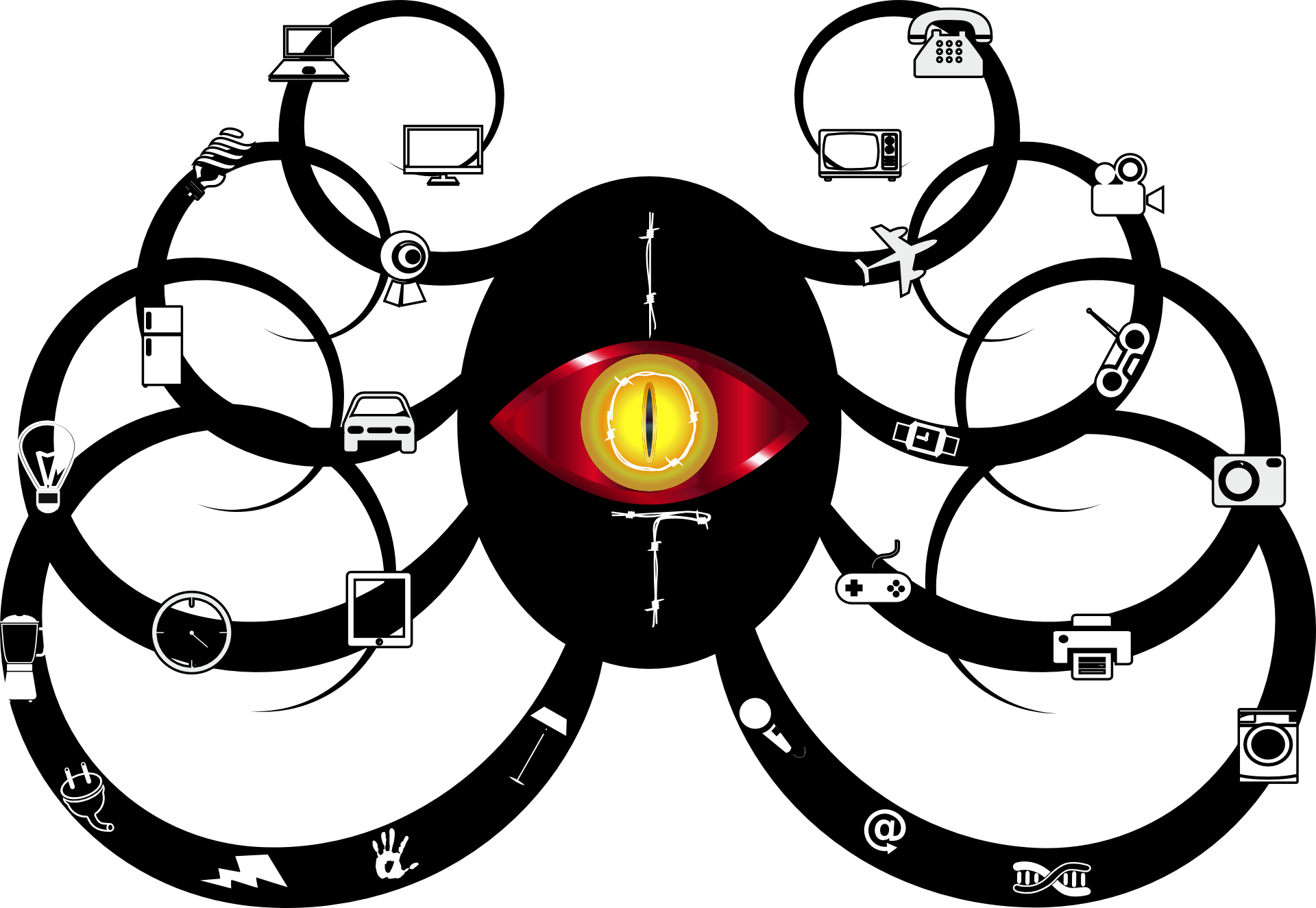
In the 1950s, such “intellectual” houses could only be dreamed of or read in popular science magazines and books. The conceptual development of a comfortable automatic dwelling, if there were, was called differently. Before the term “smart home” (smart home) appeared in public, there were still about 20 years.
Motion sensors, underfloor heating, air conditioning, ventilation systems and heating boilers worked well, but independently, not knowing about the existence of each other. Needless to say, the person himself had to take care of the comfort of his home. If the window was open and the air conditioner was turned on, then the temperature and humidity had to be manually controlled by checking the readings of the outdoor thermometer with the room one.
Smart home ... Technology?
The fact that the house can be smart, the mass society of the middle - second half of the 20th century also knew well, as the black-and-white TV development engineers knew, that they would later release color models. Meanwhile, without publicly available technologies and open standards, there was no talk of at least some massive and inexpensive “smart home”.
For comparison, the smart home of American billionaire philanthropist Bill Gates, designed and built in the late 1980s, cost a fabulous $ 63 million to a famous entrepreneur.
In 1975, the mess with the data transmission standards for home systems began to fade. The public was presented the X10 protocol - the first open industrial data transfer standard in home automation systems. It was a communication protocol for electronic devices that ran at 60 Hz and 110 V in an ordinary home electrical network. This somewhat limited the market of countries where compatible devices could be used. In the Soviet Union, they certainly would not have earned.
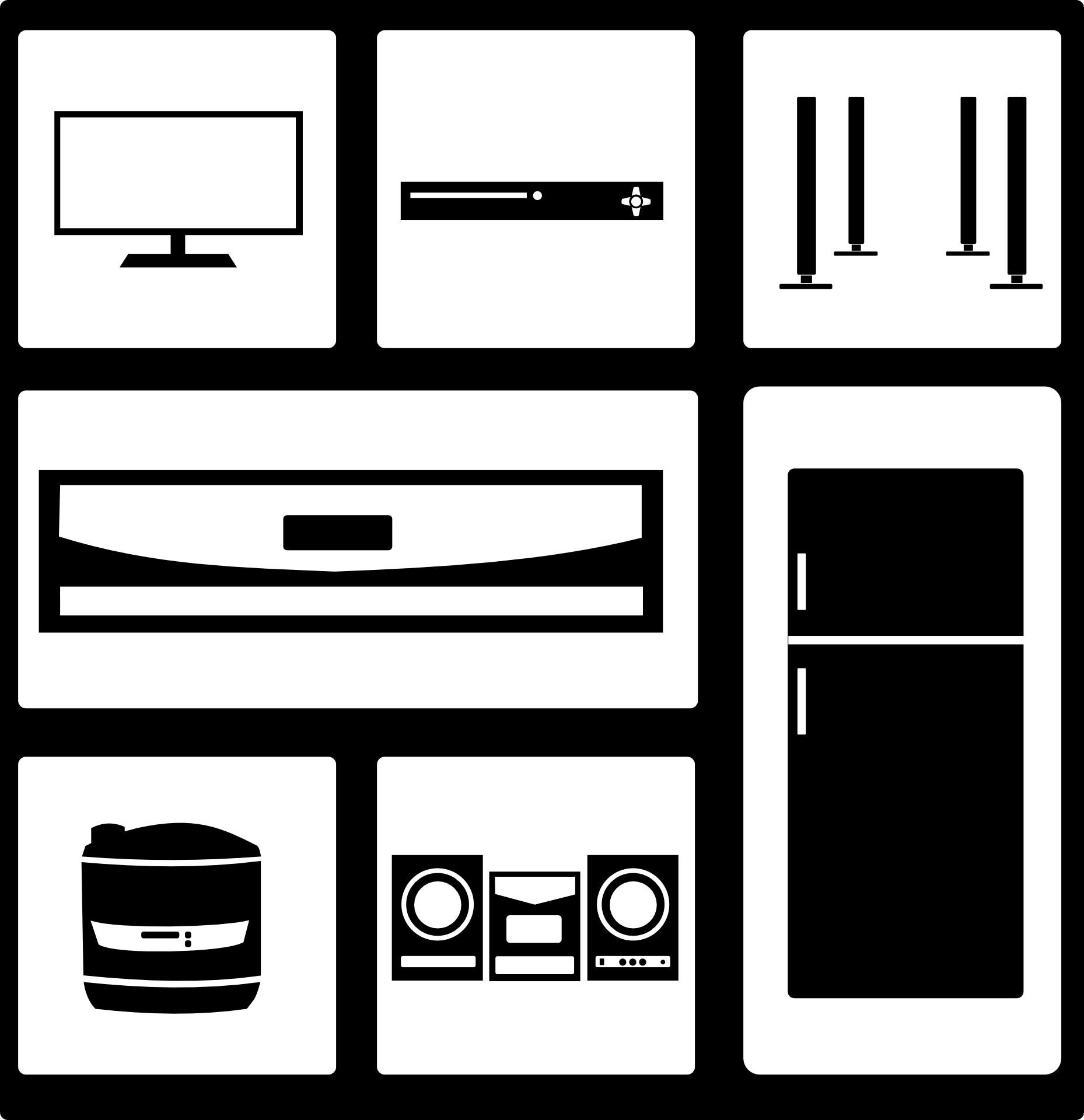
For the future owner of the X10 home automation system, it was enough to purchase the necessary modules, insert them into the sockets and connect household appliances to the home network in order to manage them freely. Of course, at that time, the implementation of working modem remote control modules or high-speed control centers with programmable scripts could not happen.
Only in 1978, the first X10 modules appeared on the market: a 16-channel command console, a module for controlling a lamp, a module for controlling electrical equipment. Subsequently, the switch modules and the timer module appeared. In theory, it is 1978 that is considered by many historians to be the starting point in the history of home automation and smart homes. At the same time, the purpose of the first home automation systems was precisely automation, and not the creation of scenarios for the management of engineering communications and the utilities of a residential house.
Reasonable house
In the early 1990s, the first commercially successful solutions appeared and the young home automation market was flooded with numerous firms offering various typical solutions, which is called “turnkey”. This surge was caused by the emergence of a new international standard electronic system in 1992, which regulated the production of equipment for "smart homes", which made possible the production of systems and individual products by virtually any commercial company or firm.
New systems went away from simple automation of light or household appliances and offered scenarios, for example, a “sleep” scenario, when the power of household lamps was reduced, electrical appliances were turned off, except for the most important ones, for example, a refrigerator, and the bedroom turned on air conditioning, which lowered the temperature to a comfortable level.

The “security” scenario was triggered when the owner left the house, and home appliances, coupled with lighting devices, began to simulate the usual daily routine of residents, showing potential thieves and criminals that the house was not empty. In the case of illegal entry, an alarm was triggered, which could not only alert the district with a strong audible signal about the fact of hacking, but also including all household appliances and lighting, frighten off a potential criminal.
By the end of the 1990s, the market situation had improved, since buyers had the opportunity to choose between products from different companies and different price categories.
So at what point did home automation systems come to be called “smart homes”?
In fact, the term "smart home", which is so well known to our compatriots, is a kind of hodgepodge of meanings from the English-speaking world. In the Western sense, there are several definitions of a smart home, depending on the format, scale and purpose of use: it is home automatization, smart home and smart house. Each of them denotes a strictly defined market sector.
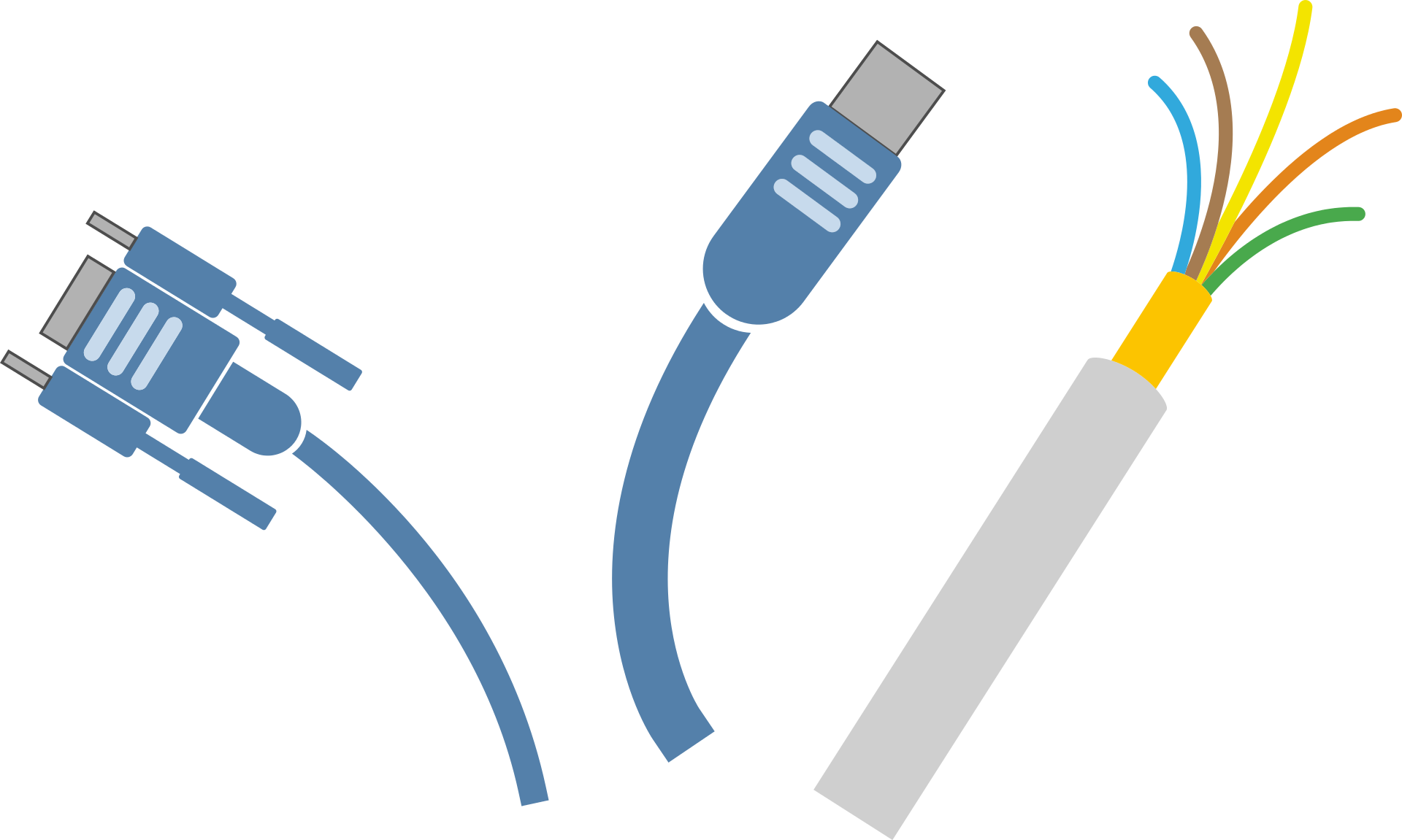
Accordingly, home automatization is a home automation system; smart home - smart homes; smart house - smart buildings. In Russian, “smart home” has incorporated all of the above concepts and added new ones. For example, multiroom systems (management of multimedia and home cinema, music center), which in the West strictly do not relate to modern home smart home and often are ready-made solutions that are commensurate in complexity and cost with smart homes.
Smart home turnkey
“Smart houses” for Russians are, above all, compact home solutions that allow you to automate the routine processes in the house: turn the lights on and off; check the condition of electrical appliances, such as iron, or a refrigerator; set a video nanny to track a small child; adjust the operation of climate control systems (underfloor heating, heating, ventilation, air conditioning, etc.); do it all remotely, preferably from a mobile device, not from home, but from work, on the road, or in another city, or even abroad.
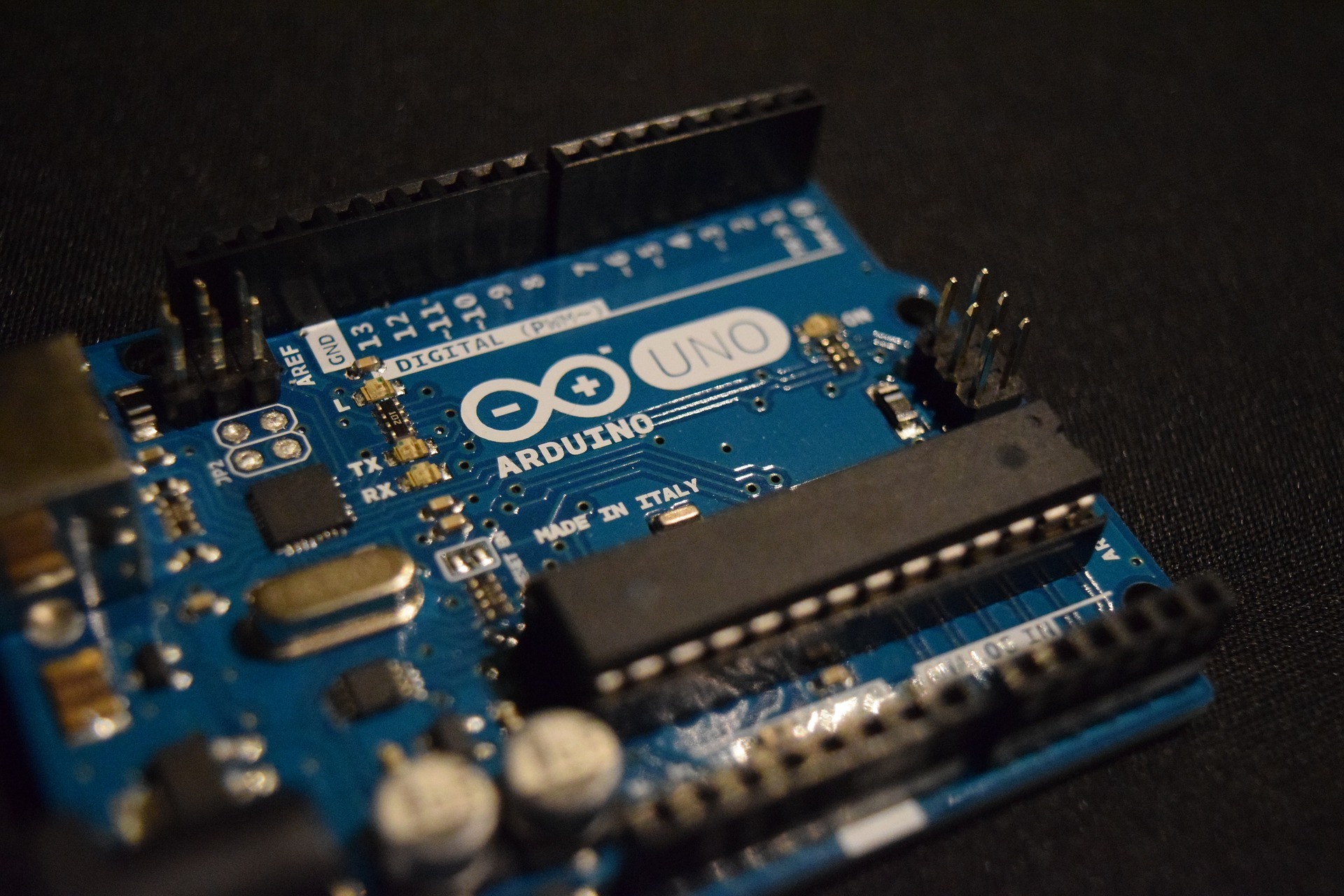
Today there is no need to think - how to make a smart home? Now there are enough ready-made solutions on this market. This state of affairs was caused by the technical boom of the 1990s - early 2000s in the countries of the Asia-Pacific region, mainly in China, Vietnam, Malaysia, which were able to provide mass production of relatively cheap in production and available in the retail market as microcontrollers. and individual solutions for automation systems, smart homes.
Smart home system
In the world, most commercial and residential properties are equipped with automation systems or “smart home” systems, while in Russia this process is still in its infancy. It is already clear that automation of the management of the whole building gives many advantages, for example, reduces the cost of staff, increases the level of comfort for guests, optimizes energy consumption, water supply and gas supply, reduces the damage to the environment.
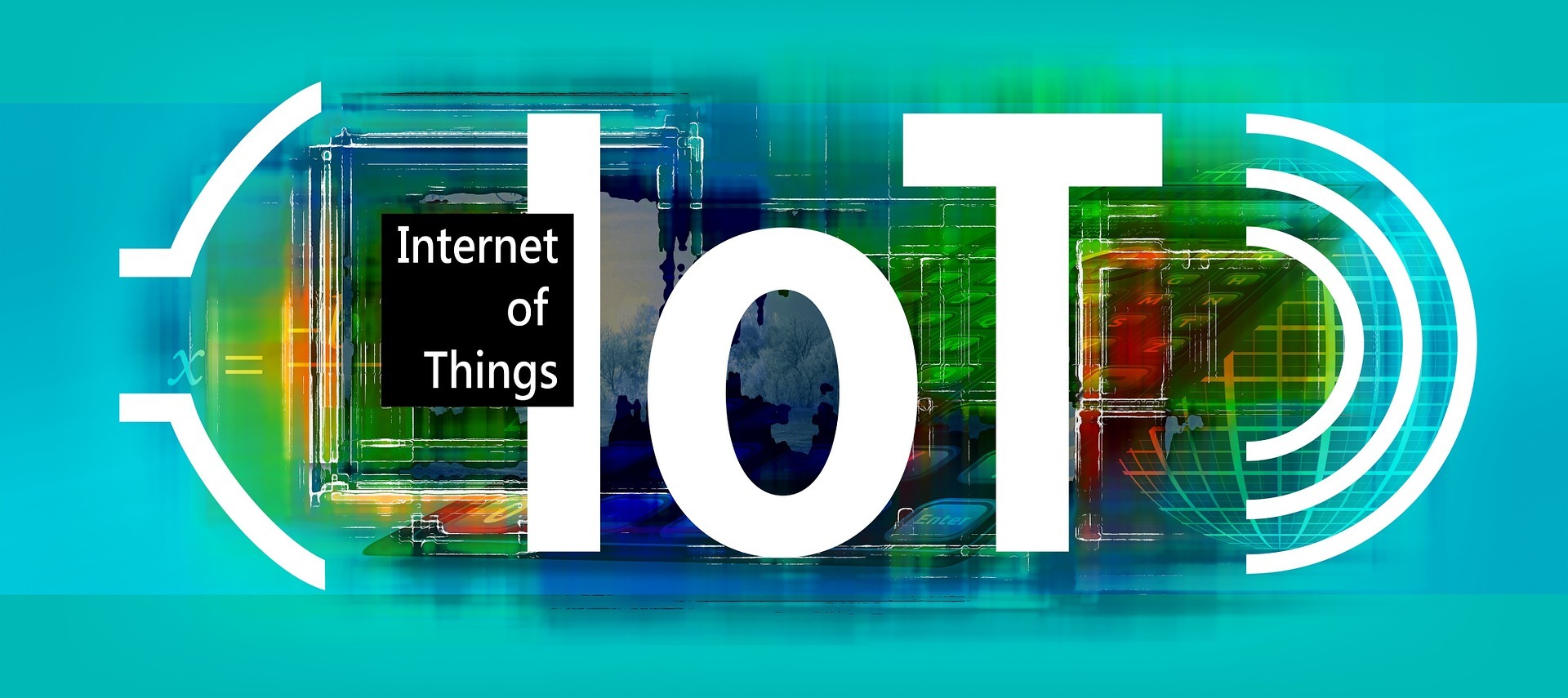
In Russia, the term AZUS (Automated Building Management System) is used to automate entire buildings, but this technology has not spread in the mass consciousness, because among ordinary citizens the demand for computerizing the entire residential or industrial complex will be quite low due to the extreme cost of the solution.
